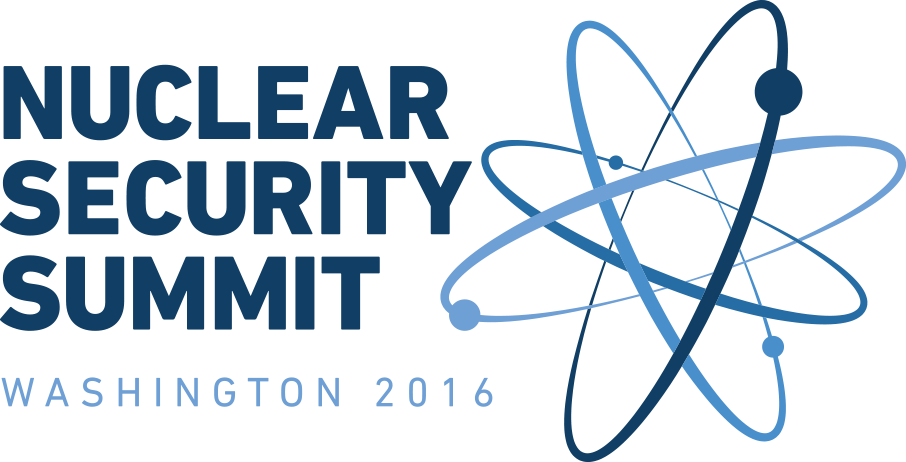The 2016 Nuclear Security Summit: A Point of Transition
/By Ambassador Bonnie Jenkins
In a landmark speech in Prague in April 2009, President Obama declared that “…we must ensure that terrorists never acquire a nuclear weapon. This is the most immediate and extreme threat to global security. One terrorist with one nuclear weapon could unleash massive destruction.”
To help address this threat, President Obama proposed to host a Summit on nuclear security. The United States hosted the first Nuclear Security Summit in 2010, followed by one in 2012 hosted by the Republic of Korea, and a third hosted in 2014 by the Netherlands. The fourth Summit, the last in its current format, will be hosted once again by the United States on March 31 – April 1 in Washington, DC.
President Obama has invited more than fifty Heads of State to attend the 2016 Summit. The United Nations, the International Atomic Energy Agency (IAEA), INTERPOL, and the European Union are also invited to attend.
The Summit has raised the level of attention to nuclear security to the Head of State level, and it has catalyzed concrete actions to secure, consolidate, and dispose of nuclear material.
Achievements of the Summit process include: the removal or disposition of highly enriched uranium from 14 countries and Taiwan; the ratification of relevant treaties, such as the Amendment to the Convention on the Physical Protection of Nuclear Material; increased membership of Summit participants in related international initiatives, such as the G-7 Global Partnership Against the Spread of Weapons and Materials of Mass Destruction (Global Partnership) and Global Initiative to Combat Nuclear Terrorism (GICNT); additional contributions to the IAEA nuclear security fund; enhanced compliance with United Nations Security Council Resolution 1540; and the establishment of Centers of Excellence and counter nuclear smuggling teams.
Since the beginning of the Summit process, 24 countries have developed or are in the process of developing nuclear security-related Centers of Excellence, and nuclear detection equipment has been installed at over 300 international border crossings, airports, and seaports. There have also been a number of “gift baskets,” whereby sub-groups of Summit participants agree to take action to promote specific areas of nuclear security, to include countering nuclear smuggling, transportation security, security of radioactive sources, and nuclear forensics.
Through a series of “Sherpa” meetings that have taken place in cities around the world in preparation for each Summit, the Summit process has produced documents that will be sustained past the 2016 Summit, reflecting political commitments by participant countries. These meetings have enhanced dialogue amongst participating countries, many of which have significant differences over other areas related to weapons of mass destruction, and have provided the opportunity for countries to rally together and agree on steps to deal with issues that are of global importance.
This fourth Summit is a “transition Summit,” as characterized by President Obama in 2014. An important focus at this time is ensuring that the nuclear security architecture and the important achievements of the Summit process are maintained and sustained.
For example, the Summit process has identified international institutions and initiatives that form the foundation of the global nuclear security architecture. The 2016 Summit will issue Action Plans supporting the United Nations, the IAEA, INTERPOL, the Global Initiative to Combat Nuclear Terrorism (GICNT), and the Global Partnership.
The four Nuclear Security Summits have successfully fulfilled President Obama’s commitment to raise nuclear security to senior-most levels in order to make concrete achievements in securing nuclear material and strengthening the global nuclear security architecture.

